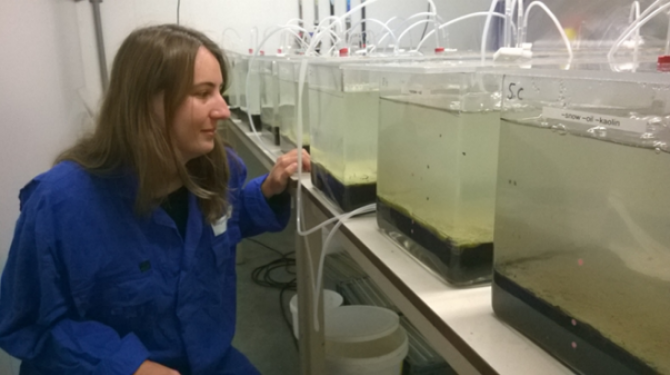
Impact story
Oil pollution: Deepwater Horizon
The “Deepwater Horizon” oil rig in the Gulf of Mexico exploded on 20 April 2010. It was the largest oil spill in American history. Eleven people died, and over the course of three months approximately 800 million litres of crude oil welled up from the source at 1,500 metres below sea level. Wageningen University & Research was a partner in the C-Image research consortium that investigated the environmental impact of this disaster between 2011 and 2020.
C-IMAGE was led by the University of South Florida.
Oiled marine snow: a phenomenon never seen before
Contrary to expectations it appeared that not all spilled oil had collected on the surface of the water. A substantial amount of oil was caught in a mixture of algae and clay particles (marine snow) and had sunk to the seabed. Wageningen research proved that the formation of this marine snow was exacerbated by the effect of the oil dispersants that were used extensively.
Additional tests at Wageningen Marine Research illustrated that the oil-polluted marine snow had a serious impact on life on the sea bed, partly because marine snow slows the natural breakdown of the oil. Field research by consortium partners confirmed these findings.

Not unique to Deepwater Horizon
Before these new insights came to light, the assumption was that oil collects on the surface of the water. This is why the seabed was never examined after oil spills. Seabed research at other locations where oil spills took place in the past have now shown that the formation of oiled marine snow was not unique to the Deepwater Horizon disaster.
Based on the knowledge gained from this project it is now possible to identify areas that are susceptible to the formation of oiled marine snow during an oil spill. Important aspects in this are a high productivity and the presence of mineral particles. This combination is mostly found in areas affected by rivers. Such areas are particularly sensitive to the consequences of an oil spill and will require a specific response when it happens.